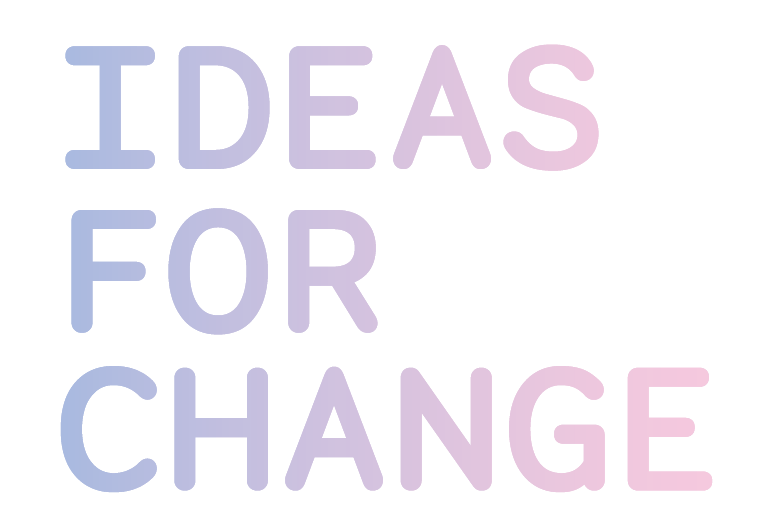Introducing the FiturNext 2022 Challenge: Accessible tourism as a driver for the sector
By Pako Rodríguez, Consultant specialised in tourism. (Originally published in Spanish)
FiturNext, the observatory of good practices in tourism of Fitur, managed by Ideas for Change, is back with a new edition of the International Tourism Fair and a new challenge. Keep reading and find out all the details!
In the 2020 and 2021 editions we tried to answer the questions “how can tourism contribute to local and economic development?” and “how can tourism contribute to gender equality?”. On this occasion, we are asking ourselves how can tourism contribute to a more accessible society?
This year at Fitur, which will be held from 19 to 23 January 2022, we will present replicable and high-impact initiatives that are improving people’s lives through accessible tourism. This edition’s call focuses on those projects with a holistic vision of accessibility and that contribute to the sector with:
New technologies at the service of accessible tourism
Accessible tourism services and complementary offers
Management and promotion of accessibility in tourism
Why is accessibility in tourism important?
To begin with, accessibility is included transversally in several SDGs (4,8,10 y 11) and is also one of the pillars on which Smart Tourism Destinations are based.
As explained by Predif, the State Representative Platform of People with Physical Disabilities, a tourist destination will be accessible when the set of environments, services and products provided in the tourist offer allow all people to access, use and enjoy them in a normalised, autonomous and safe way. This applies to both visitors and residents, not forgetting those working in the tourism sector who suffer from some kind of disability.
Last December 2020, the World Tourism Organisation identified accessibility as a paradigm shift for tourist destinations in order to recover from the impacts of the pandemic.
Let’s look at some data. According to the accessible tourism platform Tour4all, in Spain there are almost four million people with some kind of disability, around 9% of the population. Of these, more than 65% have mobility problems, more than 27% are hearing disabled, around 25% are visually disabled, approximately 19% have communication-related disabilities and, finally, almost 17% have learning disabilities.
Moreover, to this must be added the high degree of ageing of the population, which Spain today accounts for almost 19% of people over 65 years of age, with similar figures at a global level for 2050. This segment of the population –known in some circles as the “silver economy”– has a high income and a great interest in travelling, so offering them a comfortable and safe tourist offer is an opportunity for the sector.
At a European level, the main outbound market for our country, data from the TRAN Committee report, published by the Directorate-General for Internal Policies of the European Union in 2018, showed that there are more than 138 million people with accessibility needs. However, the industry is not fully aware of this. Just over 9% of European tourism facilities and services have some level of accessibility. So why not take action to provide a tourism offer that meets all their needs?
Other insights on accessible tourism
However, it is also necessary to put on the table data on the positive economic impact of increasing accessibility management in tourism businesses, especially in the current context. Let’s look at it as it should be seen: it is not an expense, but an investment. Not only in terms of social justice, which also has a direct impact on the quality of life of residents with every change that takes place, but also on the accounts of tourism-related businesses themselves.
This group reduces one of the major headaches of many destinations, especially in Spain: seasonality. In the European Union, according to Tour4all information, people with accessibility needs made an average of 6.7 trips per year in 2013 and in Spain 7 trips per year in 2015. In other words, instead of concentrating their holidays in high-season months, they diversify their trips.
They are a multi-consumer, as 96% of travellers with accessibility needs travel in company. In addition, they spend approximately 28% more than other tourists to ensure accessibility conditions.
Finally, they return when they find an accessible destination, i.e. they are more loyal customers than other tourists. And now, thanks to platforms specialised in this type of traveller, they also recommend places and services that offer a more comfortable way to carry out the activity.
In short: endless opportunities and benefits for the sector, but above all for people. We are at a time when tourism is referred to as a basic right. Our pace of life explains this fact. New and cheaper ways of travelling have democratised access to travel and made it affordable for almost everyone. Even so, there are still groups of people who find it more difficult to make use of their leisure time and enjoy it in the way they choose. If we are talking about democratising travel, we are still a long way from achieving this.
New forms of tourism must also take into account people with disabilities or special needs of any kind. The offer will have to be adapted in what represents a further advance in our society thanks to the drive of a demand that is increasingly connected and aware of their rights.
Do you have an initiative that contributes to this challenge, that promotes tourism for everyone? Apply to the FiturNext 2022 Challenge through this link, we want to hear about your project!
Keep reading:
Did you like this article?
Receive more content like this in your inbox!













